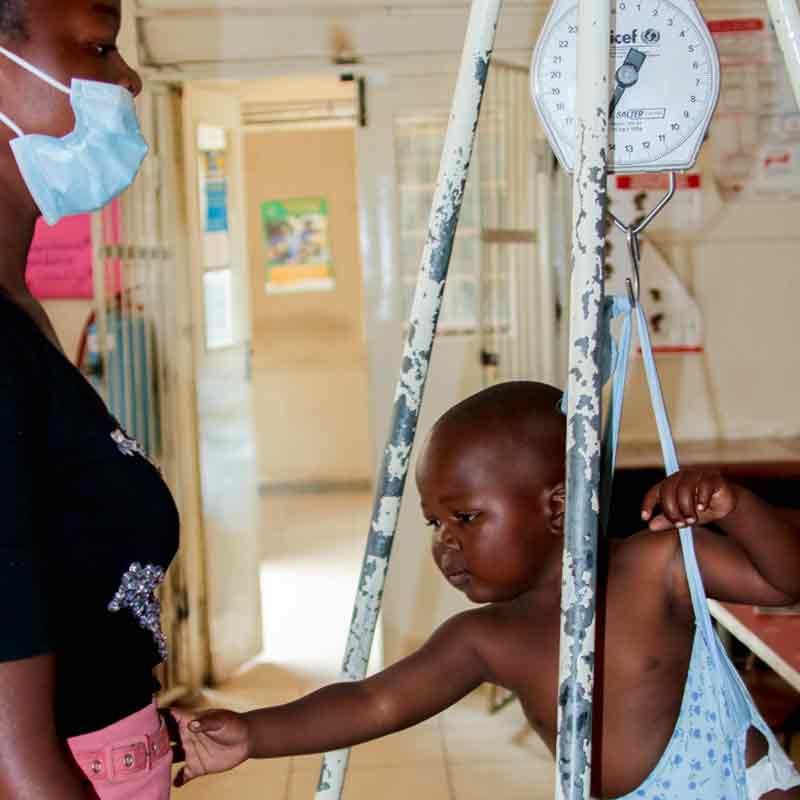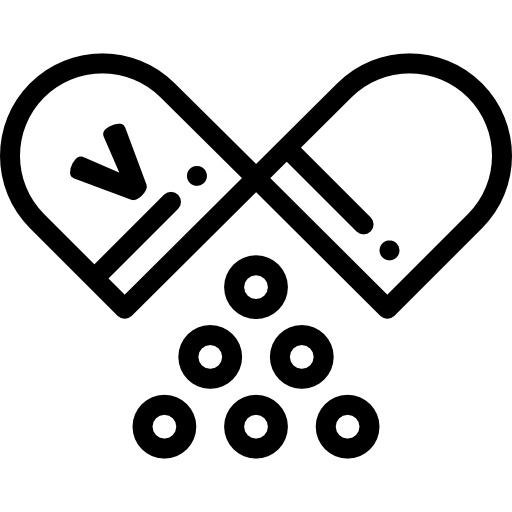We care for the safety of pregnant women, mothers and their new born babies
Ministry of Health and Child Care receives Intensive Care Unit Equipment to support COVID-19 response
Building a world where all pregnant women, mothers and babies are safe
Improving the quality of Reproductive, Maternal, Newborn, Child, Adolescent health and Nutrition services
About 4.8 million women and children will benefit

The ZIMBABWE HEALTH SECTOR DEVELOPMENT SUPPORT PROJECT (HSDSP)
The Health Sector Development Support Project (HSDSP) started in 2011 with the introduction of Results Based Financing (RBF) in two rural districts, namely Marondera and Zvishavane, in Mashonaland East and Midlands Provinces, respectively. It was later scaled up to 16 additional rural districts in eight rural provinces in 2012 with World Bank Grant to the Government of Zimbabwe (GoZ) and the Catholic Organisation for Relief and Development AID (Cordaid) as project implementing entity on behalf of GoZ and World Bank. The objective of the RBF project was to increase coverage, access, and quality of maternal, neonatal and child health care delivery supporting priorities in the National Health Strategy 2011-2013 and 2105-2020. Evidence of success from impact evaluation from the 18 districts led Government to scale-up the approach to the remaining 42 rural districts in 2014 with financial support from Health Transition Fund (HTF), now Health Development Fund (HDF).
What we do
The HSDSP has evolved over the years from Additional Financing 1 (AF 1) to this current Additional Financing V (AF V) which seeks to expand coverage of service delivery platforms and is premised on four components highlighted below:

RBF Programmatic Package
The project is supporting the expansion of Government support from 18 front runner districts under the World Bank project to progressively cover all 60 Districts in collaboration with the HDF.

Management & Capacity Building 1
Supporting RBF institutionalization and selected innovative approaches to the delivery of reproductive, maternal, new-born child adolescent health and nutrition (RMNCAH-N) services at all levels of the health system, in line with the National Health Strategy.

Management & Capacity Building2
Development of a public friendly dashboard for health-related information dissemination, as well as user-friendly dashboards for program managers for RMNCAH-N and other health thematic areas.

COVID-19 Response
Case Detection, Contact Tracing, Recording, Reporting, Community Engagement, Infection Prevention and Control (IPC), Case Management , Response Coordination and Monitoring & Evaluation, etc
What we have achieved
RBF results from 2012 to October 2021 from the 18 supported districts

856,689
children have been fully immunized

997,204
Women delivered in RBF supported clinics

428
Rural health centres supported fully by the Program Coordinating Unit (PCU)

2,410,445
Children have received Vitam A supplementation

1,289,239
women who had their first antenatal at RBF supported facilities
News and Social Media Feeds
Our partners



